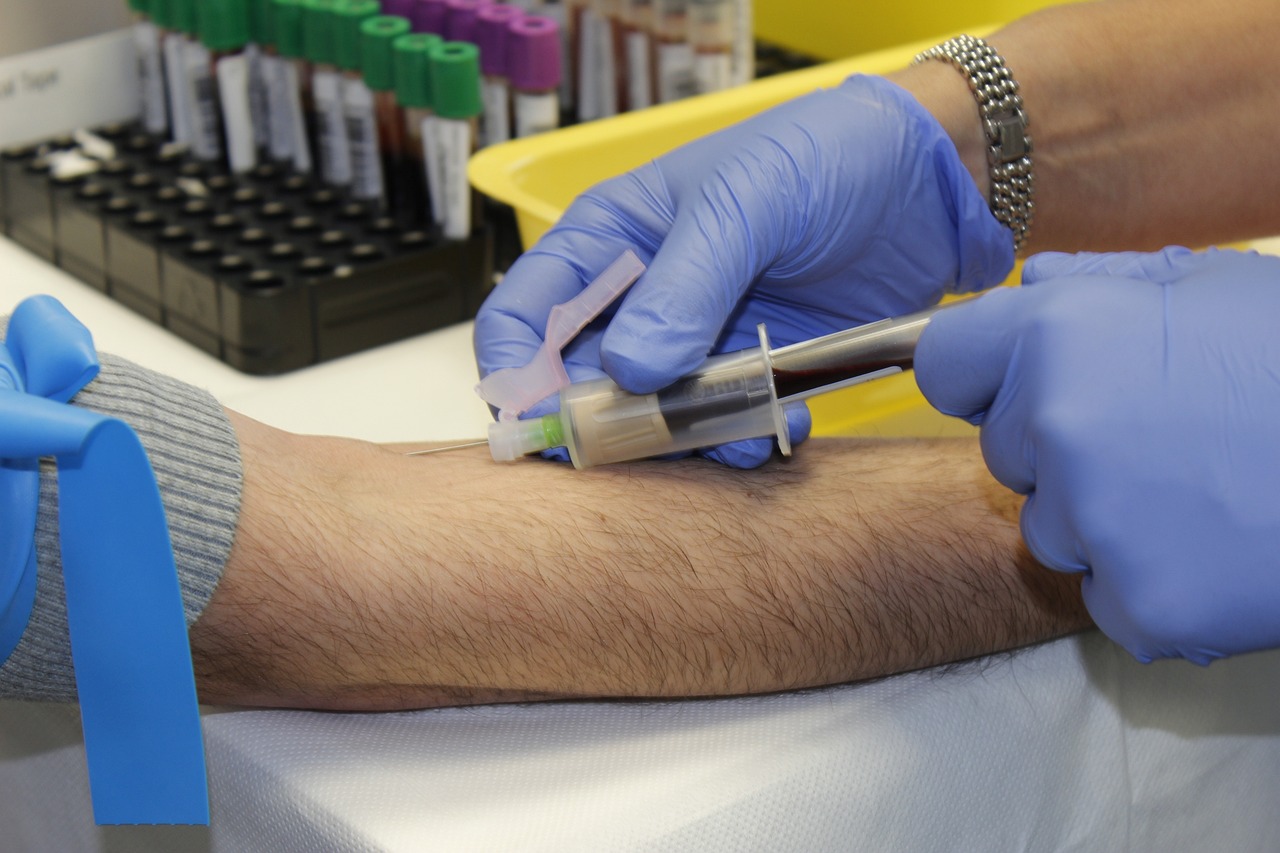13.6 million units of blood are collected annually in the United States. Each donation can save up to three lives. In the United States alone, someone needs blood every two seconds, which equals about 29,000 units of blood needed daily, and 4.5 million people needing blood annually. With these numbers in mind, only approximately three percent of the eligible population in the U.S. choose to donate blood.
Most importantly, the number of donations decreases with the onset of the winter months. With illnesses on the rise, unpredictable weather conditions, and travel for the holidays, the winter months have a staggering loss of blood donations, as time and accessibility become limited. Considering this, members of the House Republican caucus have planned blood drives in their districts to help combat the shortage this winter season.
“Blood banks are struggling to find donors to help their communities,” said Rep. Coffey. “I know many people are hesitant on donating their blood, but this simple act of giving could save a life for someone in need.”
Donating blood can be an intimidating task, but below are some tips from the American Red Cross to help donors who may be anxious to assist. Understanding the value of the blood donor’s contribution is most important.
Blood Donating Tips
- Donors are encouraged to bring a form of entertainment to ease any anxiety about donating.
- Donating blood is a quick process, not taking more than 20 minutes to donate, and an hour for the entire process.
- To ease anxiety, donors should research what to expect with each donation and what to bring to the donation site.
- Most healthy individuals over 17 are eligible to donate. During check-in, a medical professional will run a short physical and ask each donor questions to further determine if the individual is healthy enough to donate.
- Blood donation sites are sterile and run by medical professionals. New equipment is used for each donor, eliminating the risk of disease transmission.
- A typical donation collects one pint of blood. A pint of blood takes between 24 and 48 hours to replenish in a healthy body. A healthy body has 10 pints of blood.
- Blood donations should be spaced accordingly. Donors can donate blood approximately every two months.
- After donating blood, a donor may continue with everyday activities. Donation sites do offer refreshments and have medical beds to lie on if a donor feels uneasy, post donation.
- Depending on the type of donation being made, donors may need to take extra precautions before donating. These precautions typically deal with eating hearty foods, drinking more water, and refraining from over-the-counter medications.
- All blood types and components are needed. A blood donation site will not turn down a potential donor based on blood type.
- Donating blood supports a good cause. One donation of one pint of blood is eligible to help three patients in need.
- To help increase donations, some donation sites offer an incentive to donate blood.
Read more:
